SpaceX's Director of Mission Assurance and Integration, Scott Henderson, discusses the benefits of horizontal integration inside the hangar of Space Launch Complex 40. Photo Credit: Jason Rhian
CAPE CANAVERAL – Space Exploration Technologies (SpaceX) took members of the media on a tour of Launch Complex 40, where the NewSpace firm has successfully launched two of its Falcon 9 rockets and one of its Dragon spacecraft (the first entity other than nations or government bodies to do so). For the media, this tour was an eye-opening experience.
SpaceX had obviously worked long and hard to allow the world to get a grasp what it is that they are doing – while at the same time avoiding International Travel in Arms Regulations (ITAR) related issues. In a well-choreographed affair the tour was split into two separate groups, one checked out the Falcon 9 hangar, while the other group inspected the launch pad that sent last December’s Falcon 9 flight on its date with history.
The first Falcon 9 rocket takes off from Space Launch Complex 40 on June 8, 2010. Photo Credit: Alan Walters/awaltersphoto.com
One enters the hangar and is greeted by the impressive site of nine Merlin engines facing them – the business end of the next Falcon 9 rocket being prepped for launched. Despite the eye-candy on display it is the simple elegance of what is described that sells this place. The horizontally integration system allows the rocket to be extremely mobile (about four people could move one of the rocket’s stages around). The system’s frictionless design is what allows SpaceX such ease of mobility.
Members of the media listen to a description of the hangar housing the next Falcon 9 rocket that is being prepared for launch. Photo Credit: Jason Rhian
“Our concept of operations is unlike anybody else’s that is flying these days with the exception of the Russians and maybe Sea Launch,” said SpaceX’s Director of Mission Assurance and Integration Scott Henderson. “We use horizontal integration, we will build an entire booster here in the hangar so you have the first stage and the interstage are here now, the second stage will arrive, the Dragon and trunk will arrive and we’ll put all that together, test it inside the hangar and then when we are ready to roll out for launch we’ll open this hangar door, you saw the vertical transporter-erector outside, that would lower down on pistons, we’d roll that whole structure…into the hangar drive the transporter-erector beneath the rocket, then roll out to the launch pad and lift it vertical.”
To ensure that everyone was afforded the opportunity to check out SLC 40, former astronaut Ken Bowersox now SpaceX's vice president of Astronaut Safety and Mission Assurance gave up his seat and sat in the bus' stairwell. Photo Credit: Jason Rhian
After this segment of the tour wraps up we move outside to the launch pad. The most striking contrast to other launch sites at Kennedy Space Center and Cape Canaveral Air Force Station is that it isn’t vertically-based. Rather the Falcon 9 rolls out horizontally and is moved into the vertical position much in the same way as the Russian Soyuz and Progress vehicles are. Also, the launch pad has been simplified, this highlights SpaceX’s philosophy as well as helps the company. If something does get damaged during launch, it requires minimal effort to repair and reset the launch pad for the next mission on the horizon.
Space Launch Complex 40 stands ready to send another Falcon 9 to orbit. Photo Cedit Jason Rhian





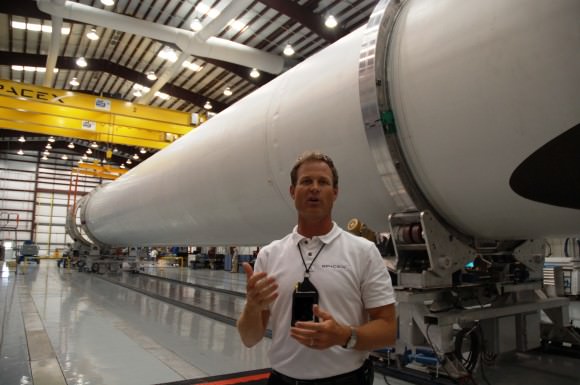
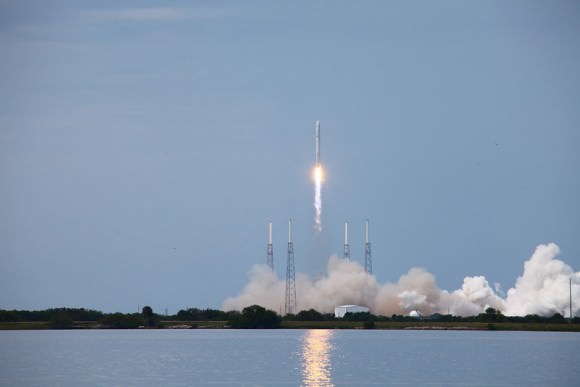
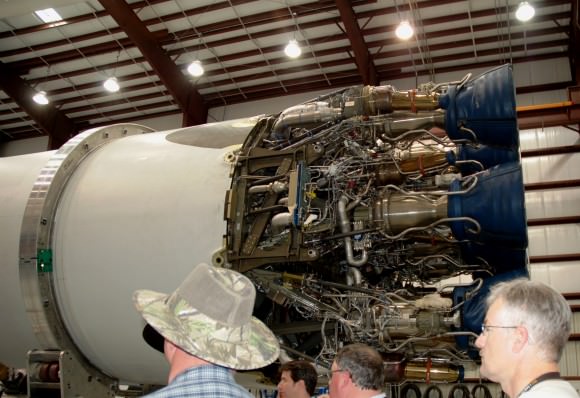
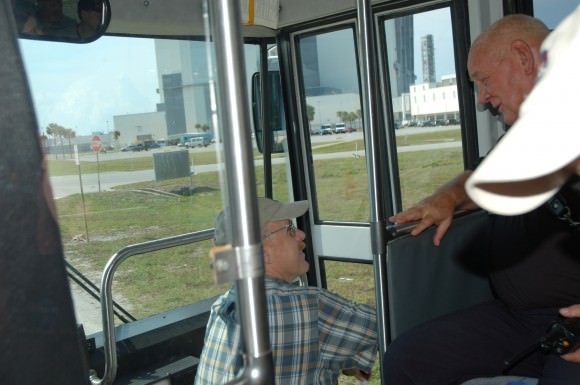
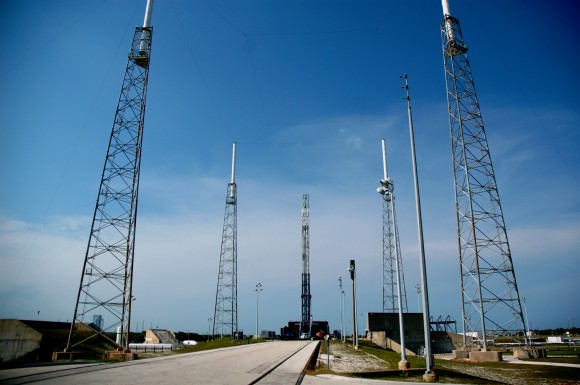





0 komentar:
Posting Komentar